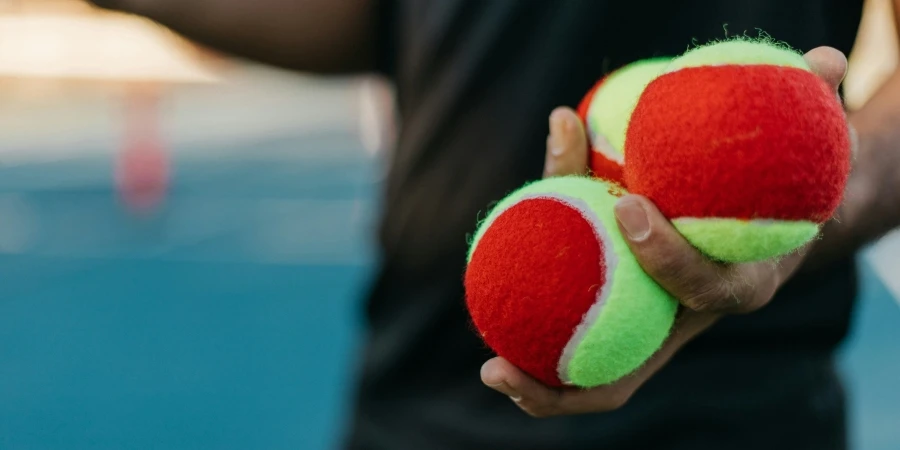Red Ball Tennis is rapidly gaining traction in the sports world, appealing to both beginners and seasoned players. This blog explores the market dynamics, key players, and the target audience driving this trend.
Table of Contents:
Market Overview
Innovative Materials and Design in Red Ball Tennis
Technological Features Elevating Red Ball Tennis
Benefits and Performance of Red Ball Tennis
Durability and Quality Assurance in Red Ball Tennis
Conclusion
Market Overview
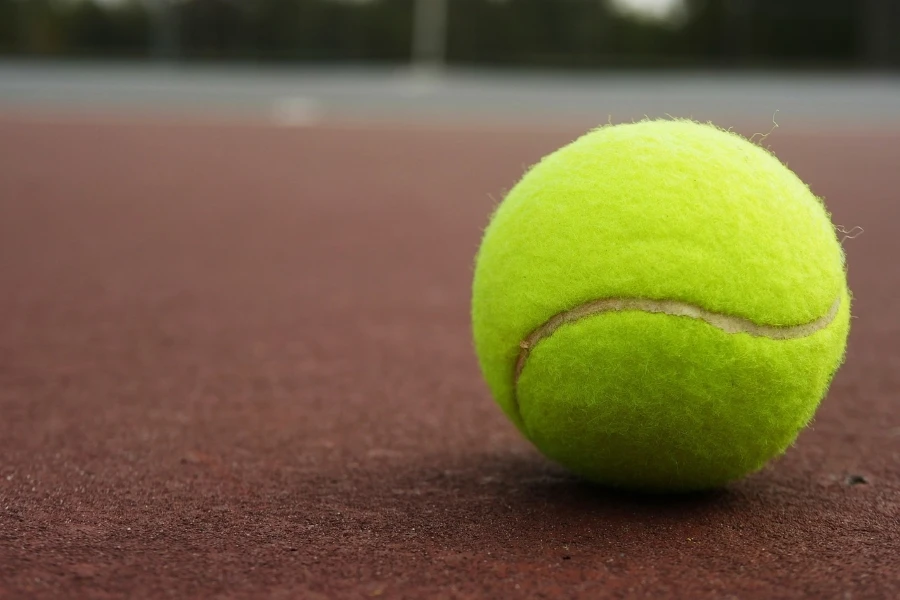
The Growing Popularity of Red Ball Tennis
Red Ball Tennis has seen a significant surge in popularity, particularly among younger players and beginners. According to a professional report, the global tennis shoes market, which includes equipment for Red Ball Tennis, was expected to grow from USD 2.4 billion in 2023 to USD 3.1 billion by 2032, with a CAGR of 2.88%. This growth is driven by the increasing participation in tennis and the rising adoption of the sport in schools and colleges.
The appeal of Red Ball Tennis lies in its accessibility and ease of play. The use of larger, slower-moving red balls makes it easier for beginners to learn the game, fostering a love for tennis from a young age. This has led to a growing number of tennis academies and clubs incorporating Red Ball Tennis into their training programs.
Key Market Players and Their Influence
Several key players dominate the Red Ball Tennis market, leveraging their brand reputation and innovative products to capture market share. Companies like Wilson Sporting Goods, Yonex, and HEAD N.V. are at the forefront, continuously investing in research and development to enhance their product offerings.
Wilson Sporting Goods, for instance, has introduced a range of Red Ball Tennis equipment designed specifically for young players. Their focus on ergonomic design and advanced materials has set a benchmark in the industry. Similarly, Yonex has been a pioneer in integrating smart technology into their tennis equipment, offering players real-time feedback and performance metrics.
According to a report by Statista, the global racket sports equipment market, which includes Red Ball Tennis, is projected to reach USD 4.39 billion in 2024, with a CAGR of 8.69% from 2024 to 2029. This growth is indicative of the increasing influence of these key players in shaping the market dynamics.
Market Segmentation and Target Audience
The Red Ball Tennis market can be segmented based on age, skill level, and geographic regions. The primary target audience includes children aged 4-10 years, beginners, and recreational players. This demographic is drawn to the sport due to its fun and engaging nature, as well as the lower risk of injury compared to traditional tennis.
Geographically, the market is witnessing significant growth in regions like North America, Europe, and Asia-Pacific. In North America, the United States and Canada are leading the charge, with a growing number of tennis clubs and schools adopting Red Ball Tennis programs. In Europe, countries like Spain and the United Kingdom are seeing a rise in the popularity of the sport, driven by government initiatives to promote physical activity among children.
In Asia-Pacific, China and Japan are emerging as key markets, with local manufacturers producing high-quality Red Ball Tennis equipment to meet the growing demand. According to a report by Research and Markets, the racket sports equipment market in China is expected to generate the highest revenue globally, reaching USD 4,374.0 million in 2024.
The market segmentation also extends to distribution channels, with a significant shift towards online retailing. The convenience of online shopping, coupled with the availability of a wide range of products, has made it easier for consumers to purchase Red Ball Tennis equipment. This trend is further supported by the proliferation of e-commerce platforms and the increasing penetration of smartphones and internet connectivity.
Innovative Materials and Design in Red Ball Tennis
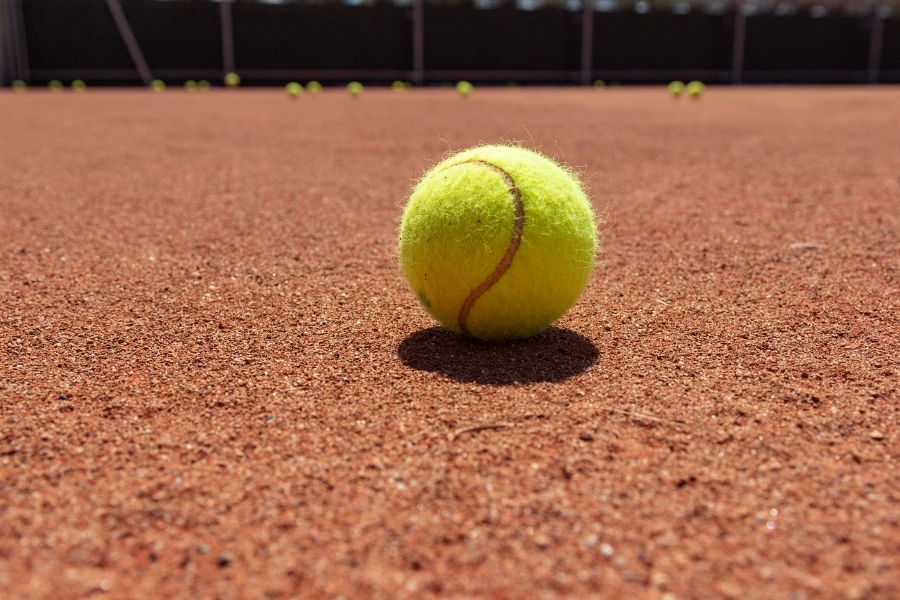
Advanced Materials for Enhanced Performance
The evolution of red ball tennis has been significantly influenced by the introduction of advanced materials. These materials are designed to enhance the performance and durability of tennis equipment, providing players with a superior experience. For instance, the use of Titanal, a high-strength aluminum alloy, has been a game-changer in the sports industry. According to a professional report, Titanal is used in the construction of high-performance skis like the Atomic Redster Q5, which benefits from increased energy, pop, and stability. Similarly, in red ball tennis, incorporating such advanced materials can lead to improved racket stiffness and control, allowing players to execute precise shots with greater confidence.
Moreover, the integration of composite materials, such as carbon fiber and Kevlar, has revolutionized the design of tennis rackets. These materials offer a perfect balance of lightweight properties and high tensile strength, which translates to better maneuverability and power. The use of these materials not only enhances the performance of the equipment but also contributes to its longevity, making it a worthwhile investment for players at all levels.
Ergonomic and Aesthetic Design Trends
In addition to advanced materials, the design of red ball tennis equipment has seen significant improvements in terms of ergonomics and aesthetics. Ergonomic design focuses on creating equipment that is comfortable and easy to use, reducing the risk of injury and improving overall player performance. For example, the design of modern tennis rackets often includes features such as shock-absorbing handles and optimized weight distribution, which help to minimize strain on the player’s arm and wrist.
Aesthetic design trends in red ball tennis are also evolving, with a growing emphasis on personalization and style. Inspired by the transformation seen in women’s sportswear, where fashion brands like Louis Vuitton and Nike have successfully blended sports functionality with day-to-day fashion, tennis equipment manufacturers are now offering customizable options. Players can choose from a variety of colors, patterns, and finishes to create a racket that not only performs well but also reflects their personal style.
Technological Features Elevating Red Ball Tennis
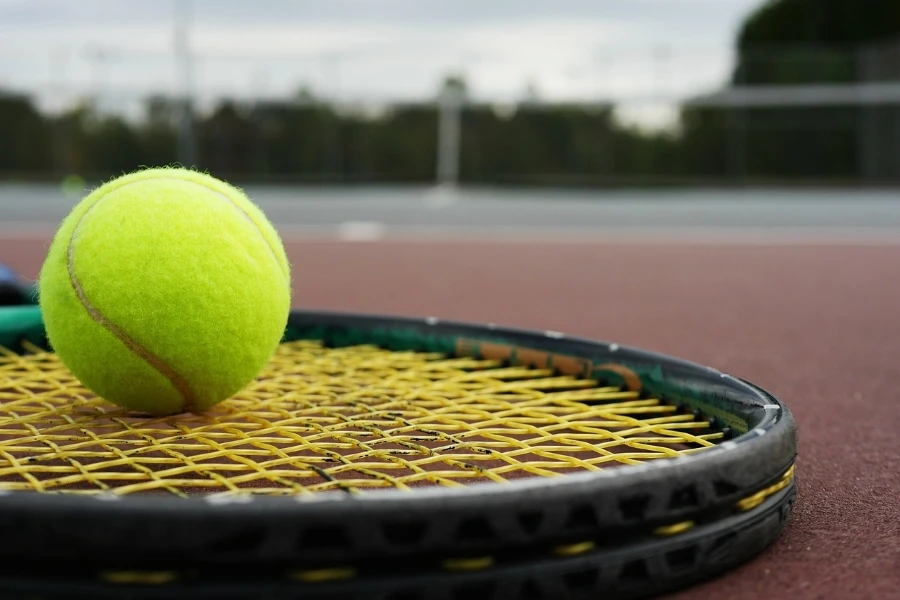
Smart Technology Integration
The integration of smart technology into red ball tennis equipment is another trend that is elevating the game to new heights. Smart rackets equipped with sensors can track various performance metrics, such as swing speed, ball impact location, and spin rate. This data can be analyzed to provide players with valuable insights into their game, helping them to identify areas for improvement and refine their techniques.
For instance, similar to the advancements seen in climbing ropes, where technologies like Unicore have enhanced safety and performance, smart technology in tennis can significantly enhance training and gameplay. Players can use the data collected by smart rackets to make informed decisions about their training routines and strategies, ultimately leading to better performance on the court.
Enhancing Player Experience with Tech Innovations
Beyond smart rackets, other technological innovations are also enhancing the player experience in red ball tennis. For example, the use of virtual reality (VR) and augmented reality (AR) in training programs allows players to simulate real-game scenarios and practice their skills in a controlled environment. This technology provides a safe and effective way for players to improve their game without the physical wear and tear associated with traditional training methods.
Additionally, advancements in ball tracking systems and automated scoring technologies are making the game more accessible and enjoyable for players of all levels. These systems can accurately track the ball’s trajectory and provide instant feedback on shots, helping players to develop their skills more efficiently. The integration of such technologies into red ball tennis is not only enhancing the player experience but also making the game more engaging and exciting.
Benefits and Performance of Red Ball Tennis
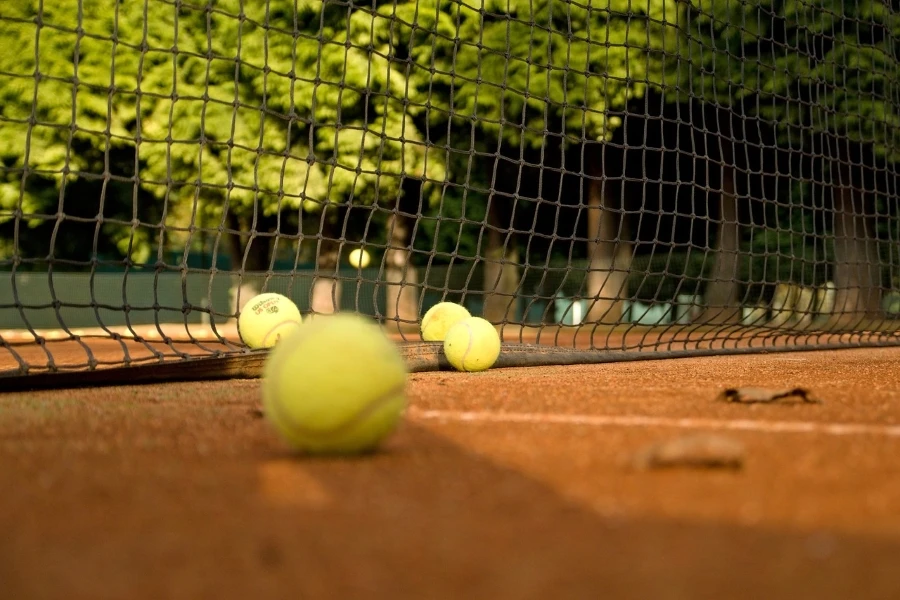
Improved Playability and Skill Development
One of the key benefits of red ball tennis is its focus on improving playability and skill development, particularly for beginners and young players. The use of lower compression red balls, which are softer and slower than standard tennis balls, makes it easier for players to control their shots and develop proper techniques. This approach is similar to the design of beginner-friendly skis like the Atomic Redster Q5, which offers stability and control to help new skiers build confidence and improve their skills.
Red ball tennis also emphasizes the importance of proper court size and equipment, which are scaled down to suit the needs of young players. This ensures that they can learn the game in a more manageable and enjoyable way, fostering a love for the sport from an early age.
Performance Metrics and Player Feedback
The performance of red ball tennis equipment is often evaluated based on various metrics, such as durability, playability, and player feedback. According to industry standards, high-quality tennis equipment should provide consistent performance and withstand the rigors of regular use. For example, the durability of climbing ropes, as reported by a professional report, is a critical factor in their performance, with technologies like Dry Cover treatment enhancing their longevity.
Player feedback is also an essential component in assessing the performance of red ball tennis equipment. Manufacturers often rely on feedback from players to make improvements and ensure that their products meet the needs of the market. This iterative process helps to create equipment that not only performs well but also provides a positive experience for players.
Durability and Quality Assurance in Red Ball Tennis
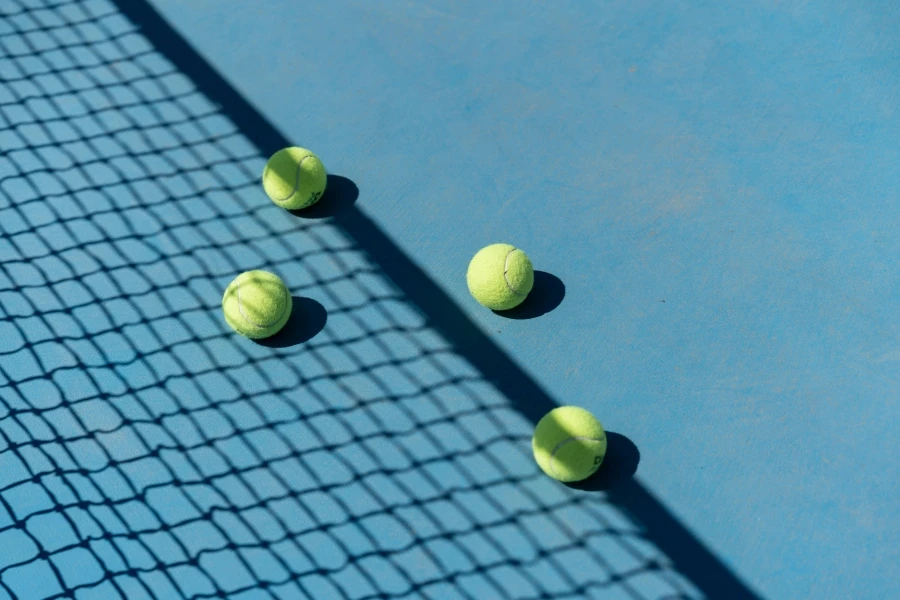
Ensuring Longevity and Consistent Quality
Durability and quality assurance are crucial aspects of red ball tennis equipment. Ensuring that the equipment can withstand the demands of regular play is essential for maintaining player satisfaction and safety. Similar to the rigorous testing processes used for stand-up paddleboards, where boards are subjected to extreme conditions to ensure their durability, red ball tennis equipment undergoes extensive testing to guarantee its longevity.
Manufacturers use a variety of methods to test the durability of their products, including stress tests, impact tests, and wear simulations. These tests help to identify potential weaknesses and ensure that the equipment can perform consistently over time. By prioritizing durability and quality assurance, manufacturers can provide players with reliable and long-lasting equipment.
Industry Standards and Certifications
Adhering to industry standards and obtaining relevant certifications is another way that manufacturers ensure the quality of red ball tennis equipment. These standards, set by organizations such as the International Tennis Federation (ITF), provide guidelines for the design, construction, and performance of tennis equipment. By meeting these standards, manufacturers can demonstrate their commitment to quality and provide players with equipment that meets the highest levels of performance and safety.
Certifications also play a vital role in quality assurance. For example, climbing ropes that meet UIAA standards are recognized for their safety and reliability. Similarly, red ball tennis equipment that has been certified by reputable organizations can give players confidence in its quality and performance.
Conclusion
The advancements in materials, design, and technology in red ball tennis are transforming the sport, making it more accessible and enjoyable for players of all levels. By focusing on innovative materials, ergonomic design, smart technology integration, and rigorous quality assurance, manufacturers are creating equipment that enhances performance and provides a superior player experience.
